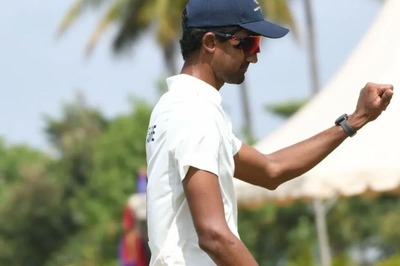
views
Engineers say data from Twitter and other social media platforms can help improve event planning, route scheduling, crowd regulations and subway operations.
Read more: Welcome BlackPods: Apple AirPods in Jet Black Colour
"Social media offers a cost-effective way to obtain real-time data on monitoring subway passenger flow," said the study's corresponding author Qing He from the University of Buffalo.
Read more: Silicon Valley Puts Money and Muscle into Fighting Donald Trump Immigrant Curbs
"Our results show that data from apps like Twitter can help public transportation officials prepare for and react to passenger surges during concerts, baseball games and other big events," he said.
Also read: Scientists Discover Material that Conducts Electricity But No Heat
In addition to Qing, who has appointments in the university's Department of Civil, Structural and Environmental Engineering and the Department of Industrial and Systems Engineering, the study was co-authored by Ph.D. student Jing Gao, an assistant professor in the UB's Department Computer Science and Engineering, and Ming Ni, a Ph.D. fellow from the UB's Department of Industrial and Systems Engineering.
Read more: BlackBerry Dual SIM Budget Android Smartphone Surfaces
For their study, published in the journal IEEE Transactions on Intelligent Transportation Systems, the team gathered subway ridership information of Mets-Willets Point station in Queens, New York, near a baseball stadium and the USTA Billie Jean King National Tennis Centre, where the US Open tennis championships are held.
The researchers also collected nearly 30 million tweets geotagged to the New York City area during the time of the events.
Using six different computer models, the researchers then analysed the data and found a positive correlation between passenger flow and the rates of tweets during big events.
"The results are encouraging for two reasons. First, they indicate that increases in social media posts and subway ridership can be linked. Secondly, we have developed a method to track this correlation," co-author Jing Gao said.




















Comments
0 comment